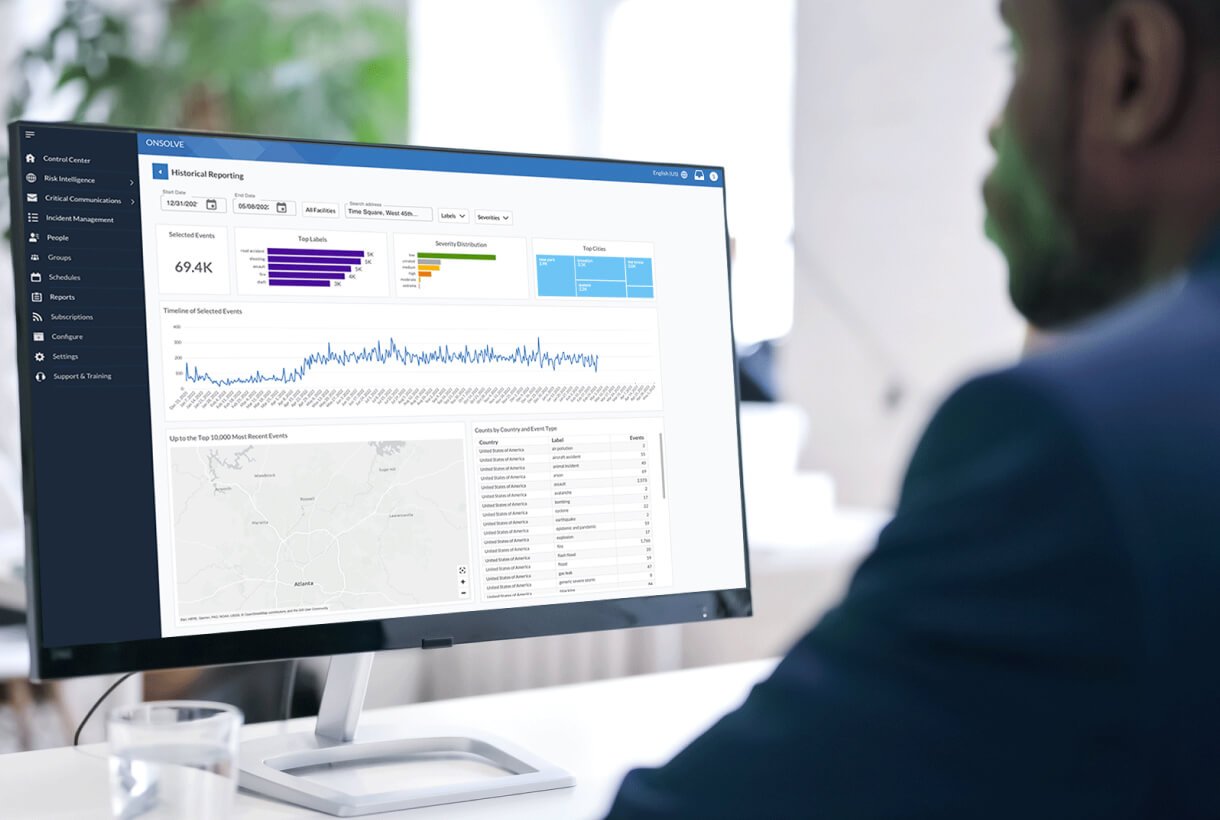For federal agencies, protecting facilities is essential to mission integrity. To fulfill their roles, the federal employees and private citizens who work in these facilities must feel safe while on the job.
In 1995, the Interagency Security Committee (ISC) was created with physical security in mind. Its mission states, “The ISC collaboratively establishes policies, monitors compliance, and enhances the security and protection of federal facilities.”
The Risk Management Process: An Interagency Security Standard is the ISC’s guide to assess risk and improve protection levels at federal facilities. By using these six steps, agencies can maintain the highest standards in facility security and ensure people are safe and mission-focused.
6 Steps to Effective Facility Risk Management
1. Determine your Facility Security Level (FSL): This is based on the characteristics of each facility, its federal occupants and the nature of their work.
- Five factors to determine FSL (each can be Low, Medium, High or Very High):
- Mission Criticality: How valuable is it to government functions? How attractive is it to an enemy?
- Symbolism: Is it well known or publicized? Does it have major representative value?
- Population: How many total personnel, including occupants and visitors?
- Size: What is the total square footage of occupied space?
- Threat: Is its work controversial or adversarial? Has it ever been threatened? What are the crime statistics for the area?
- Five factors to determine FSL (each can be Low, Medium, High or Very High):
2. Identify your Baseline Level of Protection (LOP): Correlate the security level with the existing level of protection. What protective measures are in place?
3. Identify and assess risk: Examine the potential undesirable events and their probability, taking into account the factors defined in Steps 1 and 2.
6 Ways Federal Agencies Can Use Historical Threat Data and Analysis
Discover how analyzing historical risk data today can lead to better outcomes tomorrow.
4. Determine the necessary and/or achievable LOP: Determine what the LOP should be to adequately address the FSL in light of the risk assessment done in Step 3.
5. Implement a customized LOP and/or accept the level of risk: Create and execute protocols and processes to achieve the new LOP if the level of risk is acceptable. (If not, consider alternate locations.)
6. Measure performance: Reassess all factors and determine if risk has been measurably reduced. Is the agency located at the facility able to accomplish its mission? What are the costs associated with continuing to implement the necessary LOP? If a critical event occurs after implementation, evaluate the outcome.
Further detail can be found in the 2021 edition of The Risk Management Process.
Safer and Stronger with OnSolve Risk Insights
Today’s technology can more accurately inform every step outlined in the Risk Management Process. OnSolve Risk Insights is a historical reporting solution that provides agencies with a clear and detailed picture of the threat landscape.
With Risk Insights, agencies can:
- Identify and explore trends of past physical threats in specific locations and timeframes.
- Integrate these risk trends into facility risk management strategies to enhance safety.
- Create actionable reports based on data from OnSolve's AI-powered Risk Intelligence solution.
Receive a complimentary threat assessment on two of your agency locations and ensure your facilities and the people within them get the protection they need.


